Gwarancja bezpiecznych zakupów. Otrzymasz swój produkt albo zwrot pieniędzy. Zobacz szczegóły
L-Ornithine-L-Aspartate
159,99 zł
Poprzednia najniższa cena 159,99 zł.
A combination of L-Ornithine and Aspartic Acid in powder form.
Dietary supplement
L-Ornithine-L-Aspartate
Support for the ornithine cycle
Tested microbiologically, for heavy metals and ethylene oxide
Servings per container: 70
159.99 zł
145 in stock


LOLA, a combination of L-Ornithine and Aspartic Acid
The ornithine cycle is a cycle of the decomposition of ammonia. The ornithine cycle is also known as the urea cycle or the Krebs urea cycle.
The urea cycle is the primary metabolic pathway in which ammonia is broken down and urea synthesised. Ammonia is converted into particular amino acids to eventually become urea, which will be excreted from the body with urine, and in small amounts with sweat. Two amino acids: ornithine and aspartate, as well as the cellular energy, i.e. ATP, are necessary for particular conversions of ammonia.
Sikorska H, Cianciara J, Wiercińska-Drapało A. Fizjologiczne funkcje L-ornityny i L-asparaginianu oraz celowość podawania asparaginianu ornityny w stanach wzglednego niedoboru. Pol Merkur Lekarski. 2010 Jun;28(168):490-5. Polish. PMID: 20642112.
The urea cycle is a sequence of consecutive enzymatic reactions of three amino acids: ornithine, citrulline and arginine.
The metabolic cycle of the above amino acids results in the production of urea from ammonia, carbon dioxide and aspartate.
The decomposition of the amino acid ornithine, following the transfer of the amino group (-NH2), results in the formation, through transamination reaction, of four molecules: α-Ketoglutarate, glutamate, oxaloacetate and pyruvate.
These amino acids are secreted into the blood and then get transported to the liver, where alanine is transaminated together with aspartate and their amino groups are transferred to α-ketoglutarate to form glutamate or to glutamate to form glutamine. Glutamate then undergoes a chemical reaction in which it loses its amino group and the resulting ammonium ion is immediately converted to carbamoyl phosphate. The latter is involved in the ornithine cycle.
The ammonium ion is a highly toxic substance and must therefore be decomposed to a water-soluble and less toxic substance, urea. It gives the human body a chance to get rid of all the by-products and waste products of metabolism.
Ahmad I, Khan AA, Alam A, Dilshad A, Butt AK, Shafqat F, Malik K, Sarwar S. L-ornithine-L-aspartate infusion efficacy in hepatic encephalopathy. J Coll Physicians Surg Pak. 2008 Nov;18(11):684-7. PMID: 18983791.
The entire ornithine cycle takes place in the mitochondria and hepatocytes, i.e. liver cells. It is directly linked to the proper Krebs cycle via the electron transport chain, adenosine triphosphate (ATP) as the cell’s energy carrier, and fumaric and aspartic acids. The main product of metabolism is urea.
References:
Stauch S, Kircheis G, Adler G, Beckh K, Ditschuneit H, Görtelmeyer R, Hendricks R, Heuser A, Karoff C, Malfertheiner P, Mayer D, Rösch W, Steffens J. Oral L-ornithine-L-aspartate therapy of chronic hepatic encephalopathy: results of a placebo-controlled double-blind study. J Hepatol. 1998 May;28(5):856-64. doi: 10.1016/s0168-8278(98)80237-7. PMID: 9625322.

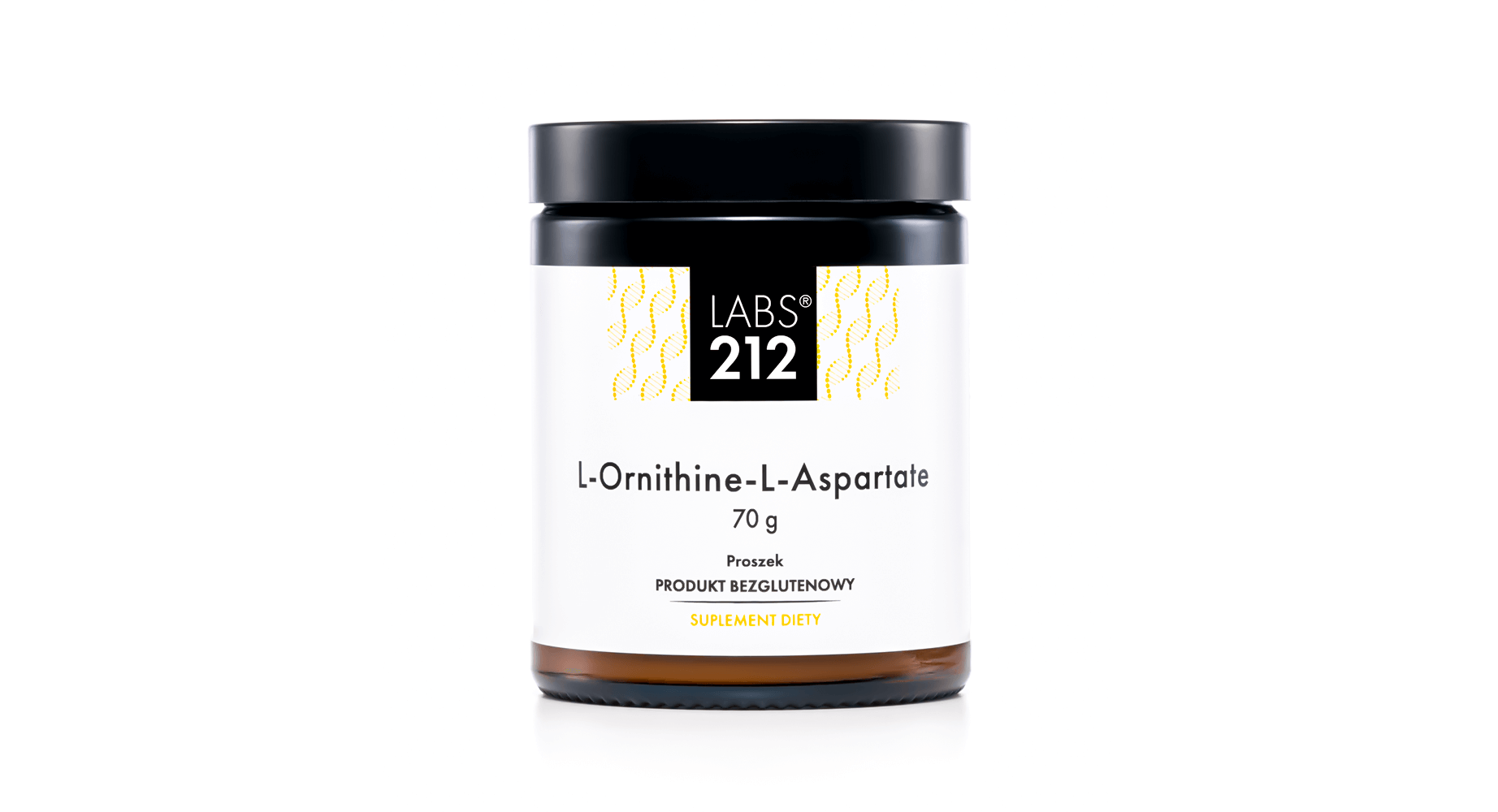
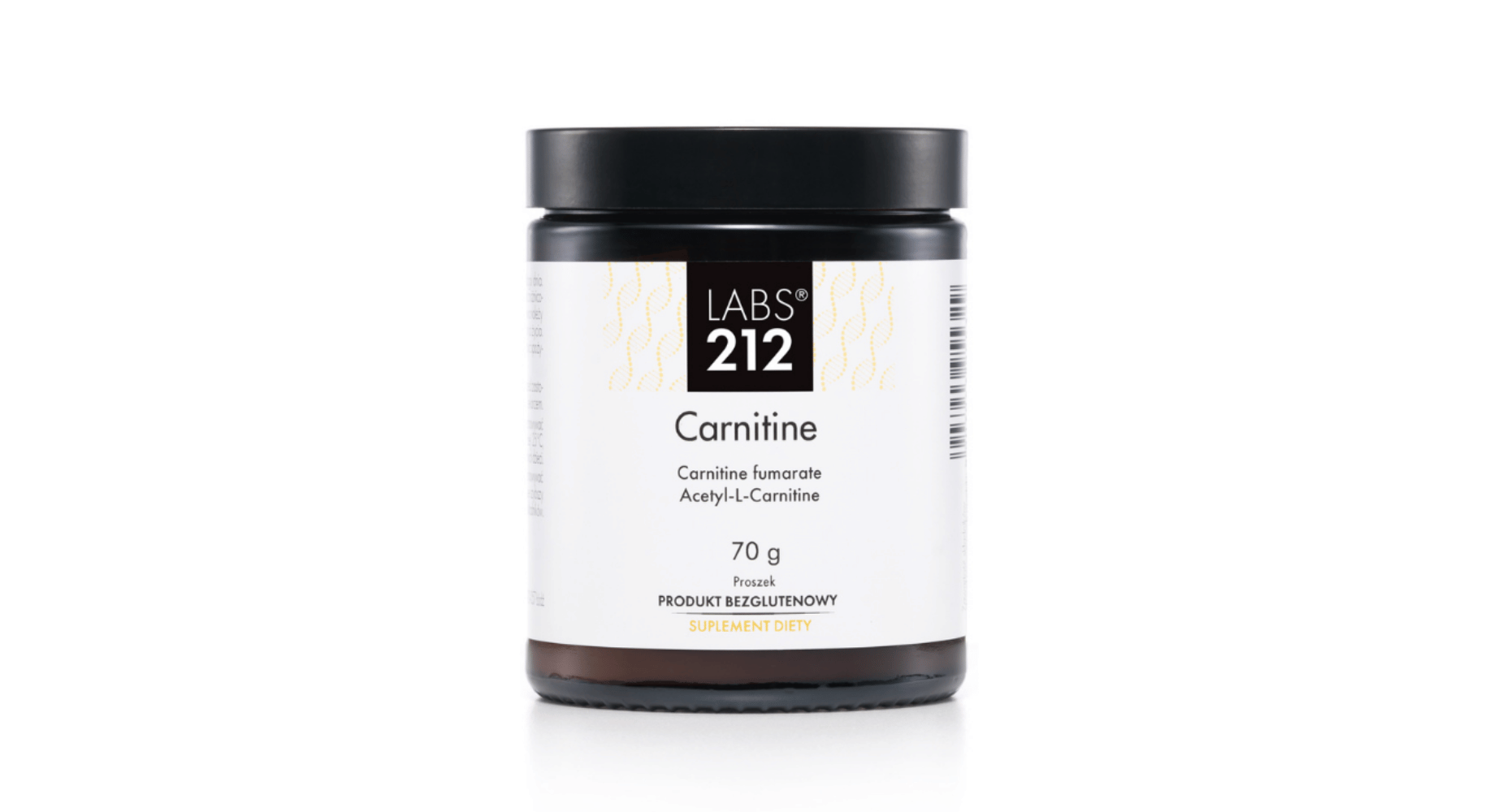
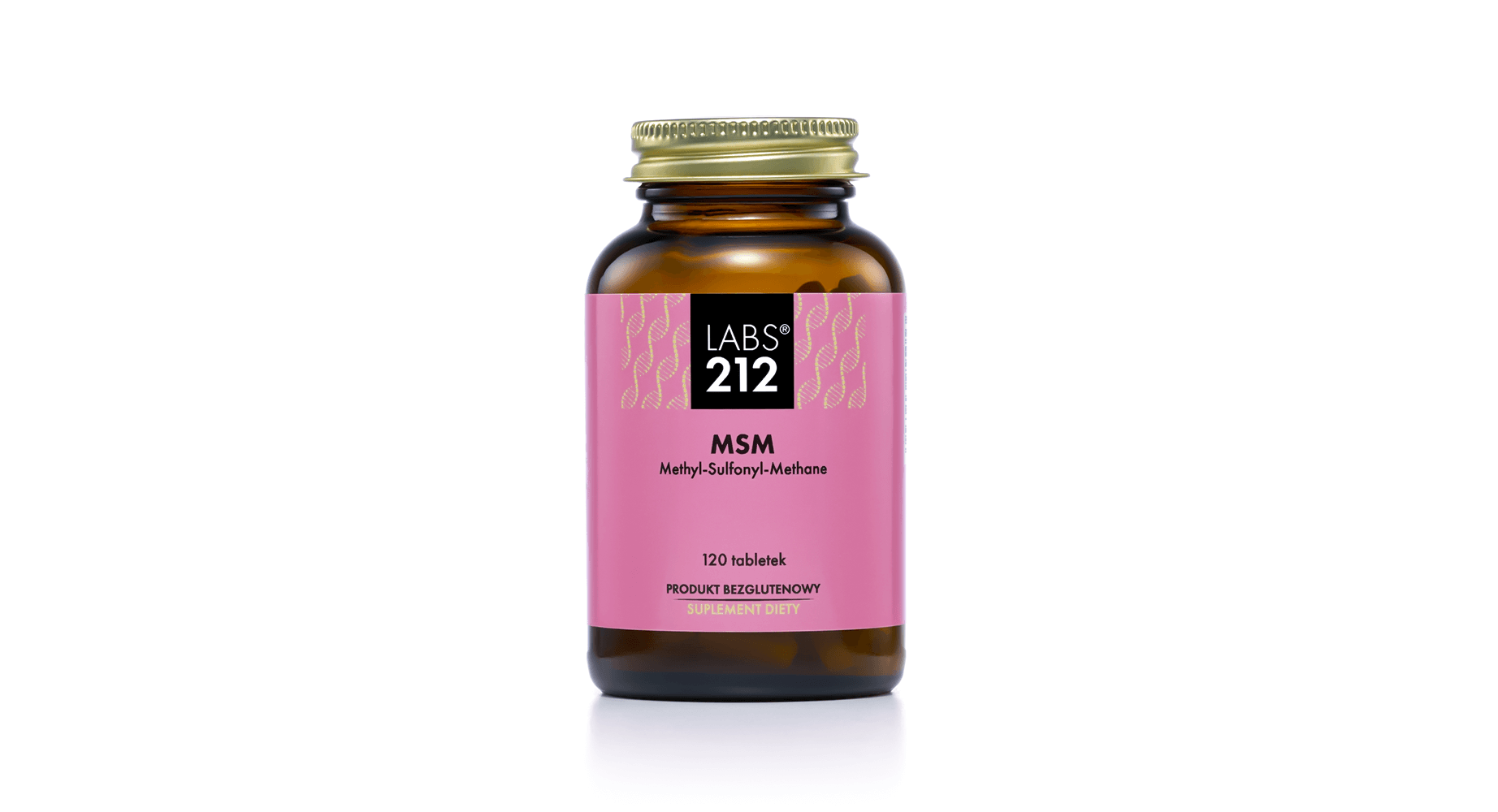
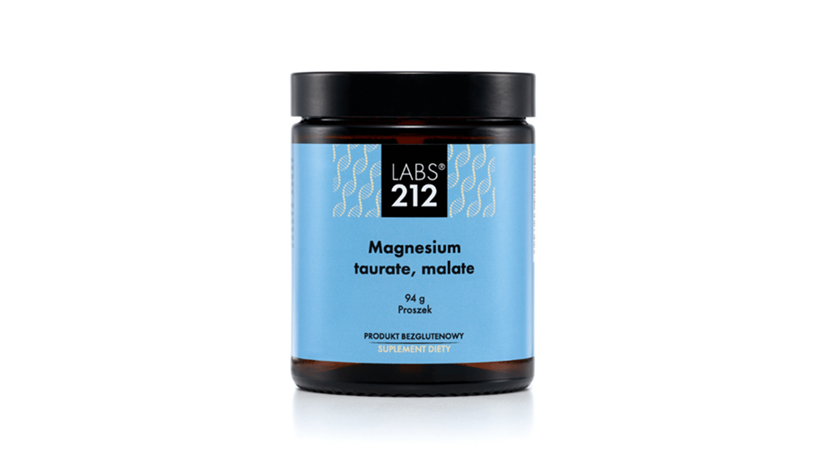
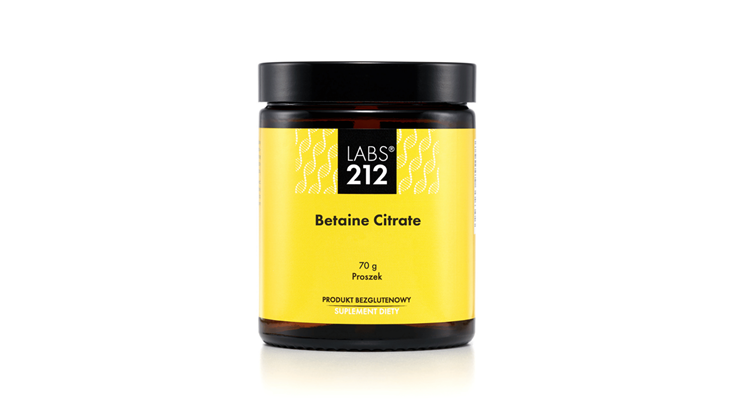
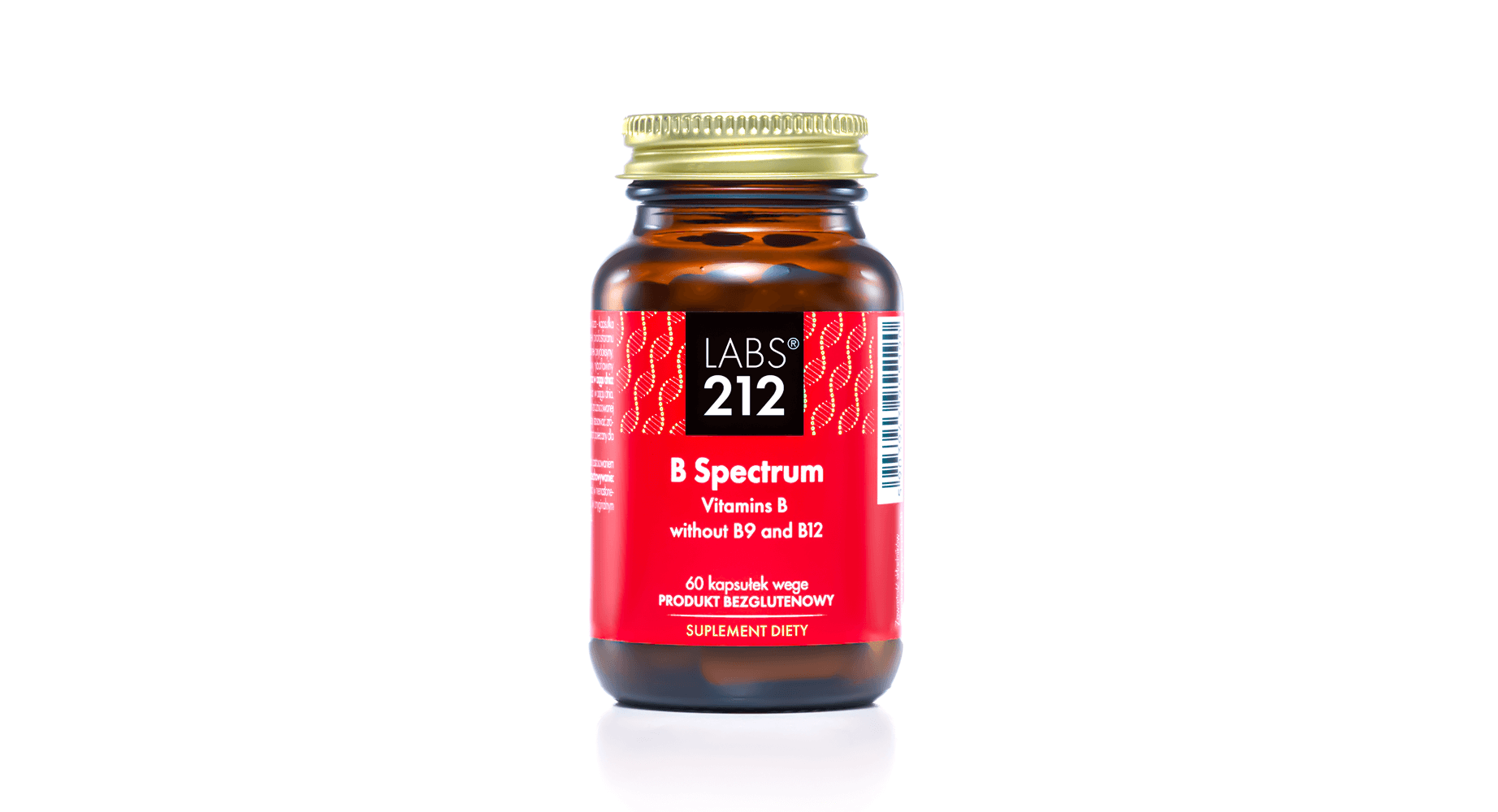
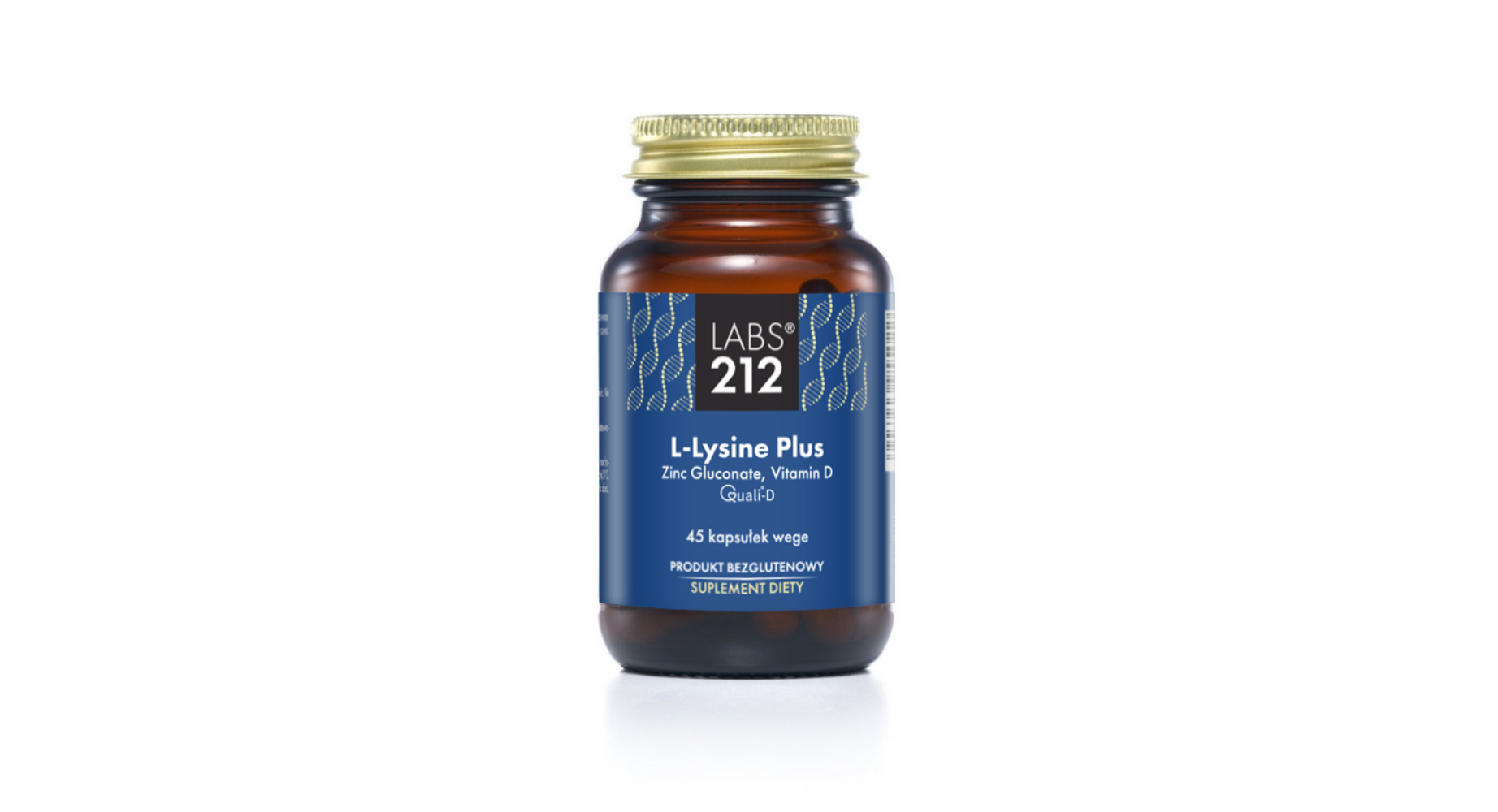
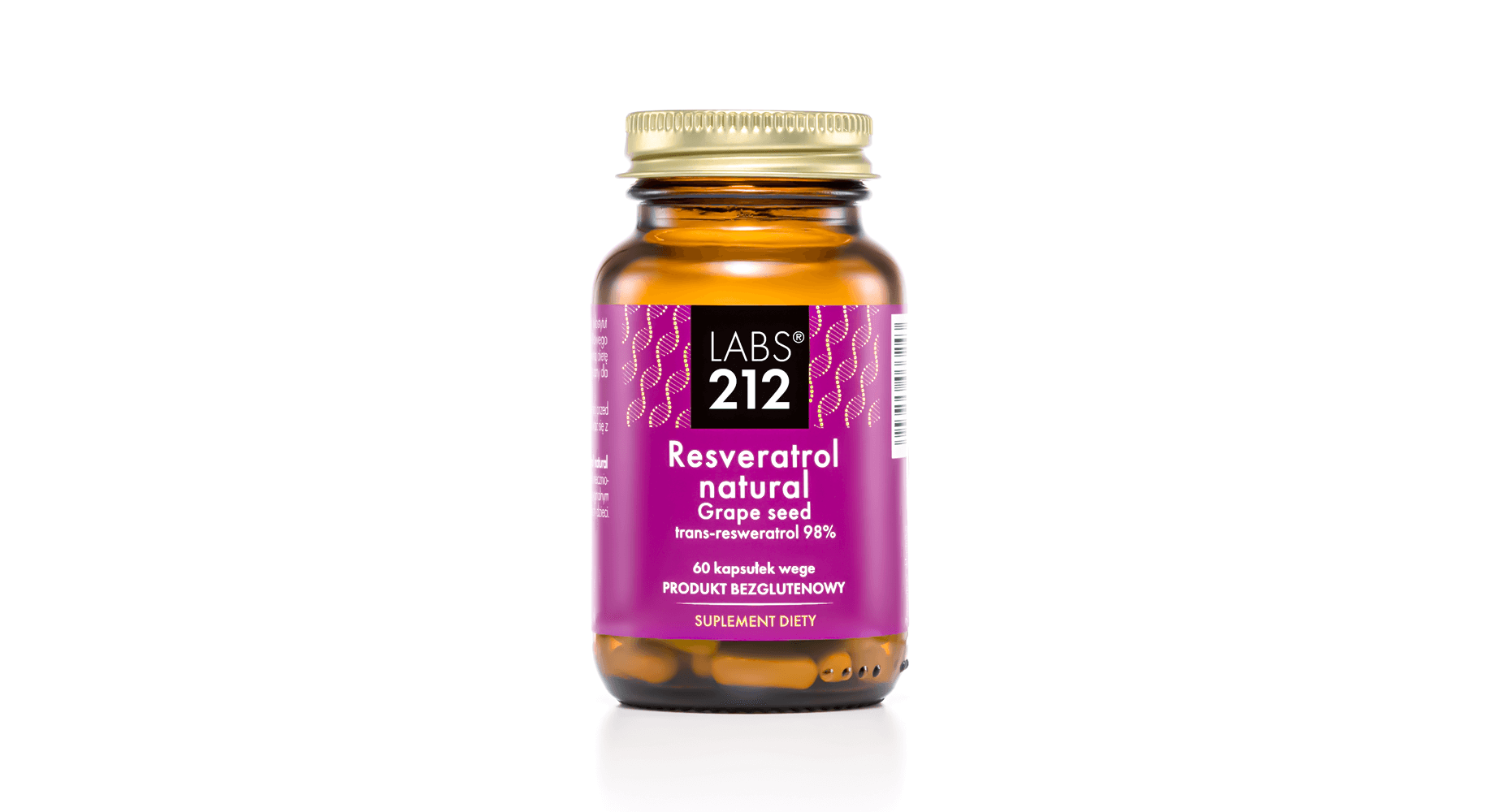
You must be logged in to post a review.